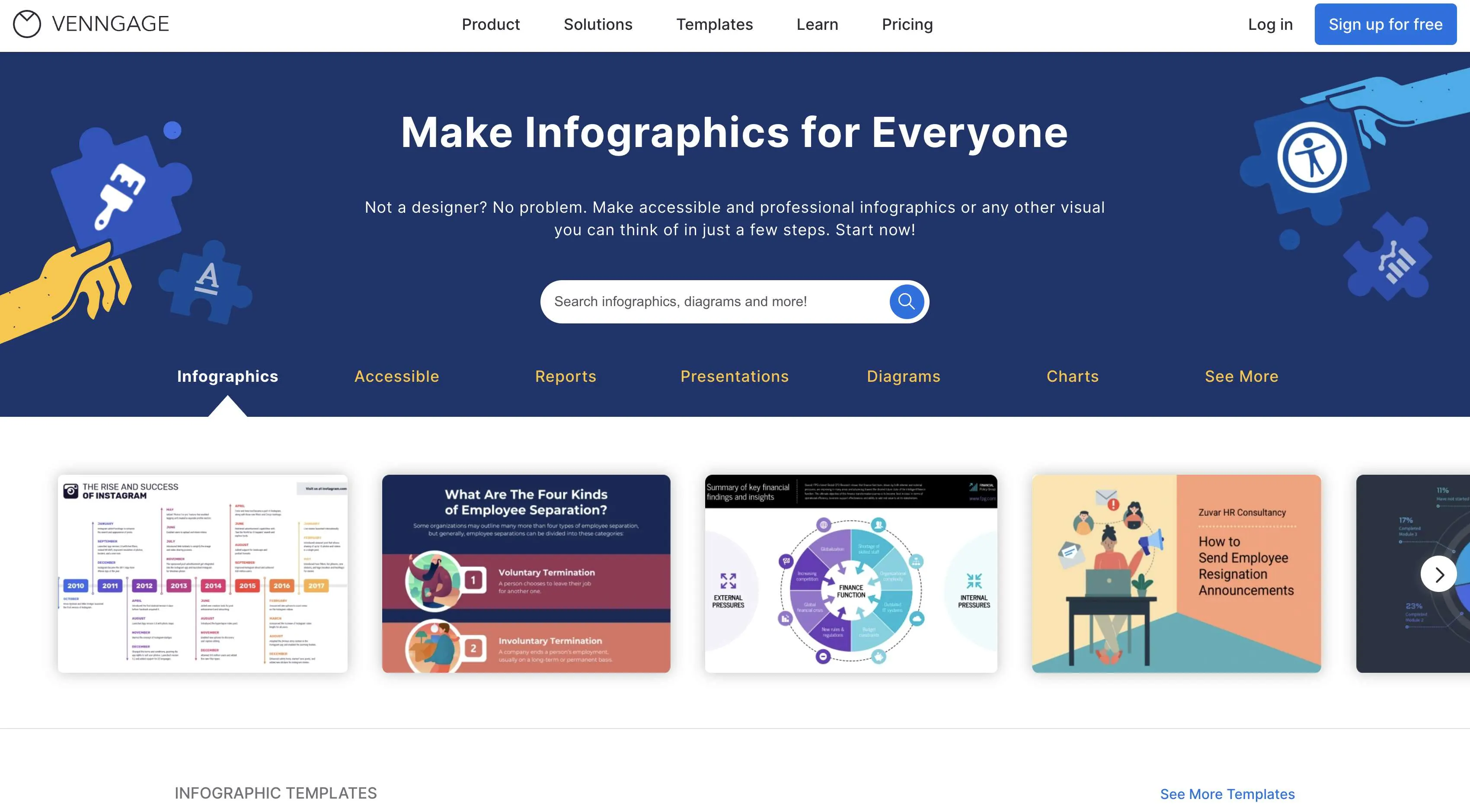Just How Effective Website Design Can Boost Customer Experience and Conversions
In the progressively competitive digital landscape, reliable website design plays a crucial role in boosting user experience and driving conversions. By concentrating on user-centric concepts, such as clear content pecking orders and instinctive navigating, companies can produce interesting platforms that not just attract site visitors however likewise assist in seamless communications. As we discover the crucial elements that add to effective internet layout, it ends up being obvious that the impact on user fulfillment and conversion prices is profound. Recognizing these dynamics might discover strategies that could transform how customers engage with your website.
Value of User-Centric Design
In the world of website design, prioritizing user-centric style is paramount for creating reliable digital experiences. This approach focuses on understanding the needs, choices, and behaviors of customers, making sure that digital interfaces are user-friendly and obtainable (Web design). By incorporating customer comments into the style process, web designers can craft experiences that reverberate with their target market, ultimately resulting in boosted interaction and satisfaction
User-centric design emphasizes usability, which is vital for lessening and keeping customers bounce prices. When individuals can navigate an internet site effortlessly, they are extra most likely to discover its material and convert into customers.

Trick Components of Effective Layout
Effective format functions as the backbone of user-centric website design, equating individual requires into visual frameworks that facilitate interaction. An efficient layout prioritizes content through a clear pecking order, directing individuals' eyes to essential details initially. This power structure is often developed using size, color, and spacing, making certain that crucial aspects stand apart.
Another crucial element is the usage of whitespace, which prevents congestion and enhances readability. Web design. Whitespace allows aspects to breathe, making the overall design appear cleaner and simpler to browse. Furthermore, uniformity in design components, such as shades and typefaces, cultivates knowledge and depend on, allowing individuals to navigate the site with better convenience
Grid systems can also be invaluable, supplying a structure that aligns material realistically and aesthetically. This alignment improves the customer experience by developing an organized visual circulation. In addition, versatility in layout-- like receptive design-- makes sure that sites carry out well across different devices, satisfying diverse customer choices.
Eventually, an efficient layout not just astounds customers yet also motivates them to involve more deeply, inevitably driving conversions and fulfilling organization goals. By concentrating on these key elements, developers can create designs that reverberate with customers and improve their overall experience.
Navigational Best Practices
Intuitive and clear navigating is essential for enhancing user experience on an internet site. A well-structured navigation system allows individuals to discover info promptly, which straight influences their fulfillment and likelihood of conversion - Web design. Carrying out an ordered structure is crucial; make use of classifications and subcategories that logically group related web content, making it much easier for visitors to check out
Consistency in navigation components is also important. Make sure that food selections, switches, and links preserve uniformity stylishly, color, and placement across all pages, offering users with a familiar framework as they navigate. Additionally, make use of descriptive labels for navigating things. Rather than common terms, choose clear tags that accurately mirror the content, aiding individuals in making informed decisions.

Mobile Responsiveness and Accessibility

Accessibility, on the other hand, concentrates on making web sites usable for people with disabilities. This consists of sticking to standards such as the Web Content Accessibility Standards (WCAG), which address problems like color contrast, text size, and key-board navigation. By applying these requirements, internet developers can produce inclusive experiences that provide to a broader audience, consequently enhancing user engagement and satisfaction.
In addition, mobile responsiveness and access not only enhance customer experience but also favorably impact search engine rankings. Online search engine focus on mobile-friendly and easily accessible sites, making them extra most likely to appear in appropriate search engine result. Spending in these elements of internet design not only satisfies user requirements however likewise adds to general business success through enhanced exposure and improved conversion rates.
Measuring Success With Analytics
Tracking individual communications and behaviors through analytics is necessary for assessing the success of a try this web-site website. By leveraging tools such as Google Analytics, organizations can gather essential information that discloses how customers engage with their site. Metrics such as bounce prices, typical session duration, and conversion rates provide insights right into customer actions and can highlight areas for renovation.
Understanding individual demographics and web traffic sources additionally boosts an internet site's efficiency. This information permits web designers to customize material and design elements to much better fulfill the demands of their target audience. Furthermore, tracking particular user journeys helps recognize possible traffic jams in the conversion funnel, making it possible for organizations to optimize their website design appropriately.
Regularly examining this analytics information is vital for constant renovation. A/B screening different layout aspects can provide concrete proof of what resonates with users, enabling informed choices based on real-world efficiency. Eventually, measuring success with analytics not just improves user experience but likewise drives conversions, guaranteeing that website design efforts line up with organization objectives. In an electronic landscape where competitors is strong, utilizing the power of analytics is vital to preserving a successful and straightforward web site.
Verdict
To conclude, efficient internet design plays a critical function in enhancing user experience and driving conversions. By focusing on user-centric concepts, carrying out vital format elements, and ensuring instinctive navigation, web sites can involve a diverse audience. Mobile responsiveness and ease of access further add to a smooth interaction for all users. Eventually, gauging success through analytics permits continual renovation, ensuring that layout approaches remain aligned with user needs, thus cultivating service development and success.
In the increasingly affordable electronic landscape, reliable internet layout plays an essential role in enhancing customer experience and driving conversions. By incorporating individual responses into the layout procedure, web designers can craft experiences that resonate visit their website with their target audience, ultimately leading to enhanced engagement and satisfaction.
Eventually, the significance of user-centric layout lies in its capability to produce purposeful interactions that drive conversions and foster long-term relationships with customers, making it an important component of effective web layout strategies.
Eventually, measuring success through analytics not only improves individual experience but also drives conversions, ensuring that web layout efforts align with business objectives.In final thought, effective internet style plays a crucial duty in enhancing customer experience and driving conversions.